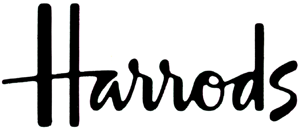This post contains summarized parts of the amazing book Marks of Excellence: The History and Taxonomy of Trademarks. It explores trademarks, its history, development, style, and the role of trademarks in branding.
Trademarks have existed for at least 5,000 years and the first ones were probably used to mark ownership of a weapon that belonged to a particular man.
Heraldry offers a body of thought and among the useful ideas is the concept of simplicity. Some of the heraldic rules cover design of lines of partition and the basic shapes on the shield, colours used referred to tinctures and metals, and the cadency marks showing a man’s descent and his position in the male line. Coats of arms have been adopted by countries, regions, towns, and sometimes incorporated into the trademarks of companies in order to show their place of origin.
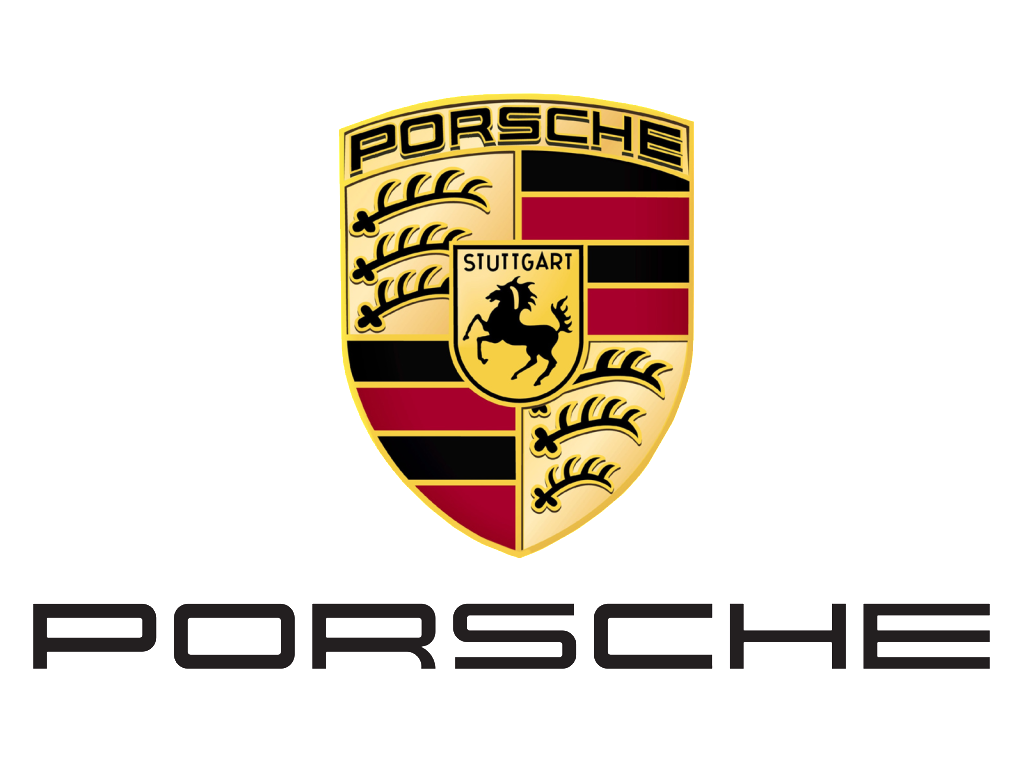
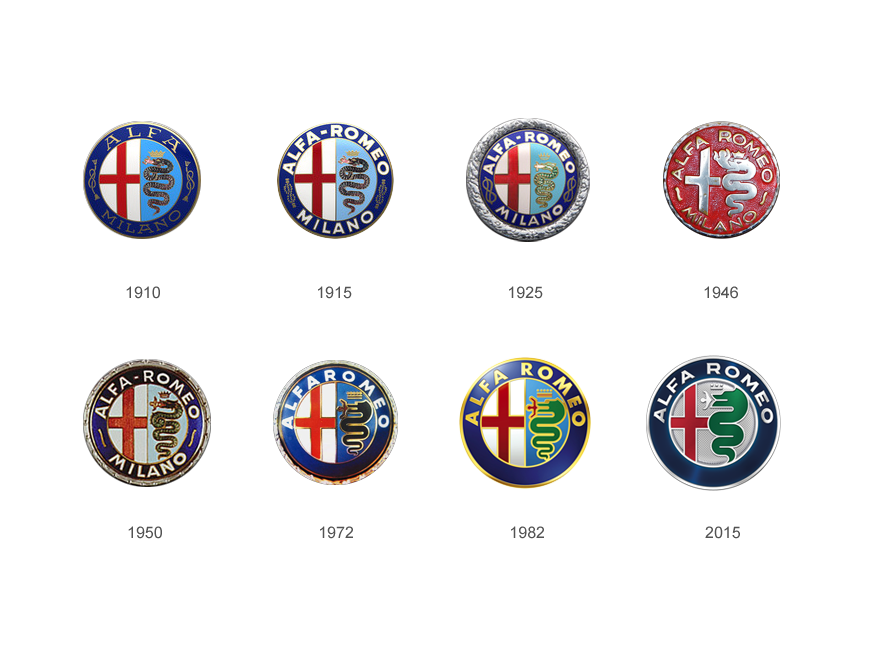
Monogram, the word used today as a design created with initials of a person’s name, royals use as a signal of authority and ownership, as well as a sign of legitimacy on coins and public buildings.
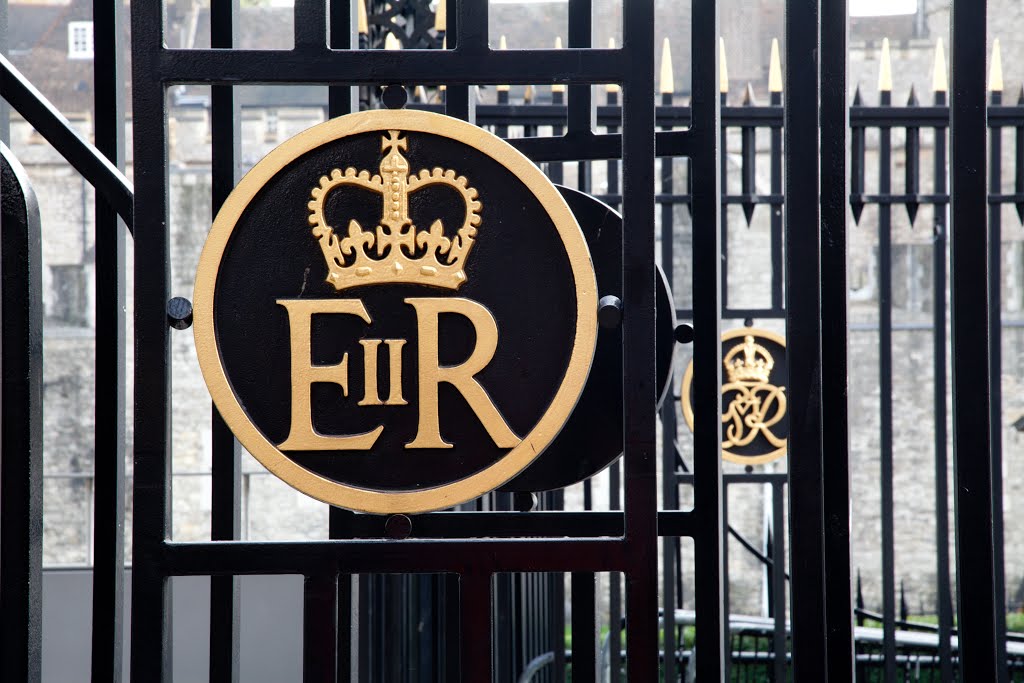
Branding, a way of showing presence has become a way of being. All kinds of businesses from charities, government offices, to geographical regions are increasingly being branded. The brand consists of three elements: 1. the brand core (the object/thing being branded), 2. the presentation (ways of presenting the brand core to the world), and 3. the image (sum of opinions created by the brand core and its presentation).
MOTIFS (differents motifs and their meaning in design)
Animals – often attributed with noble qualities, that specific trademarks wants to express (tiger can stand for strengths and elephant can stand for reliability)
- Aquatic animals – often symbolize aquatic qualities or connection with water.

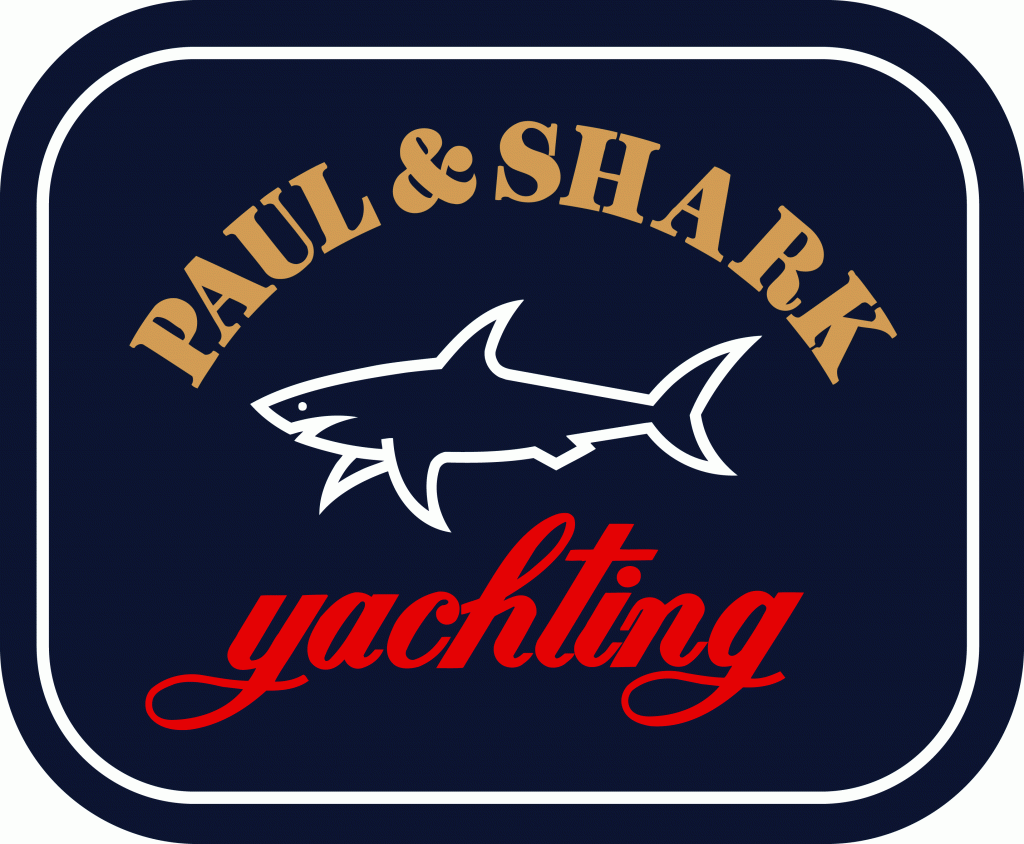
- Birds – representing physical flight or flight of thought, sometimes also symbolising political power (United States Congress).

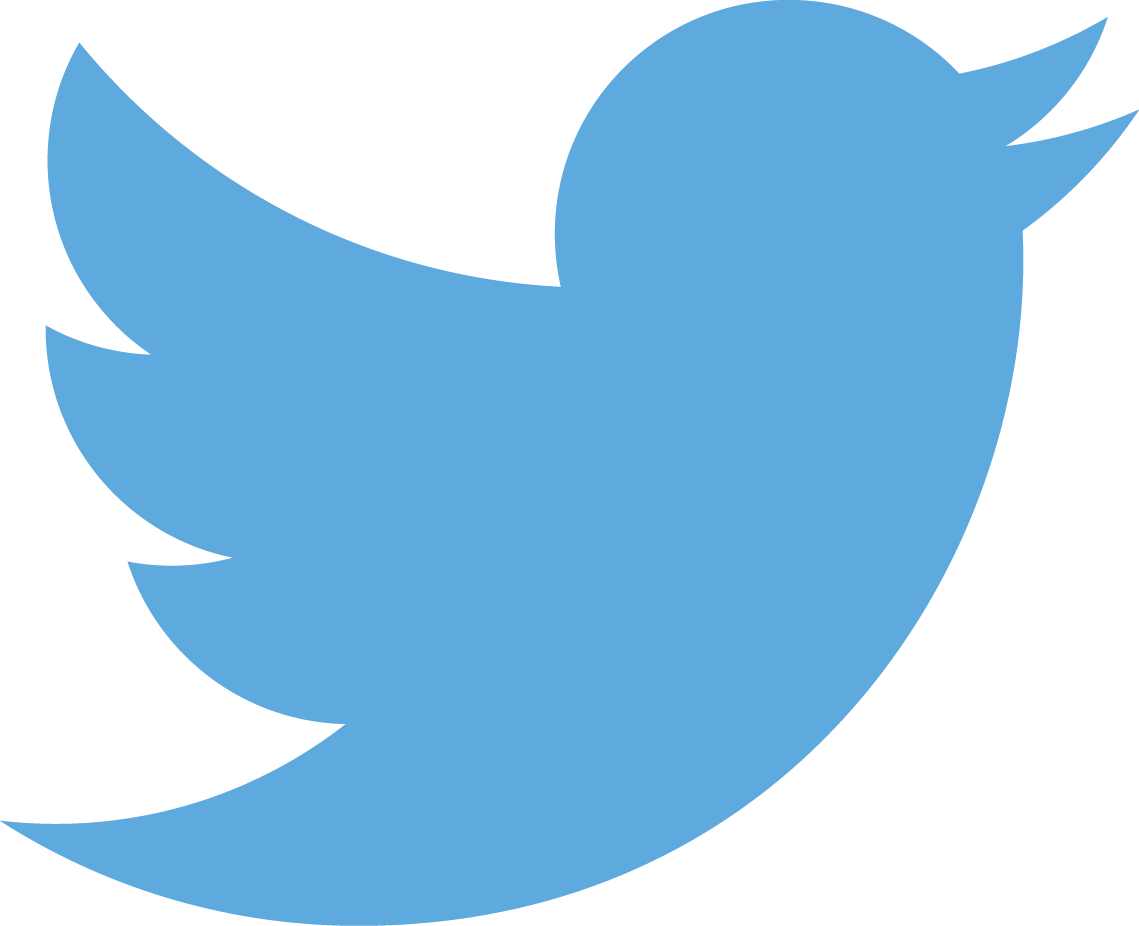
- Cats – can be used as a negative or positive meaning, and companies often decide for the use of wild cat which can indicate strength and power (Jaguar, Premier League, ING, Lonsdale).
- Dogs – as a ‘man’s best friend’ (Radley, Jack Wolfskin, Greyhound).
Arrows and bull’s eyes – indicate movement and direction, usually used by transport company (double arrow for railway companies, hidden arrow in FedEx logo, Subway, Amazon…)
Botanical motifs – fruit often stands for immortality (Apple), as plants symbolize death.
Buildings – referring to their companies as ‘houses’.
Crowns – can stand for quality, nobility, royalty, emperor, and authorization.
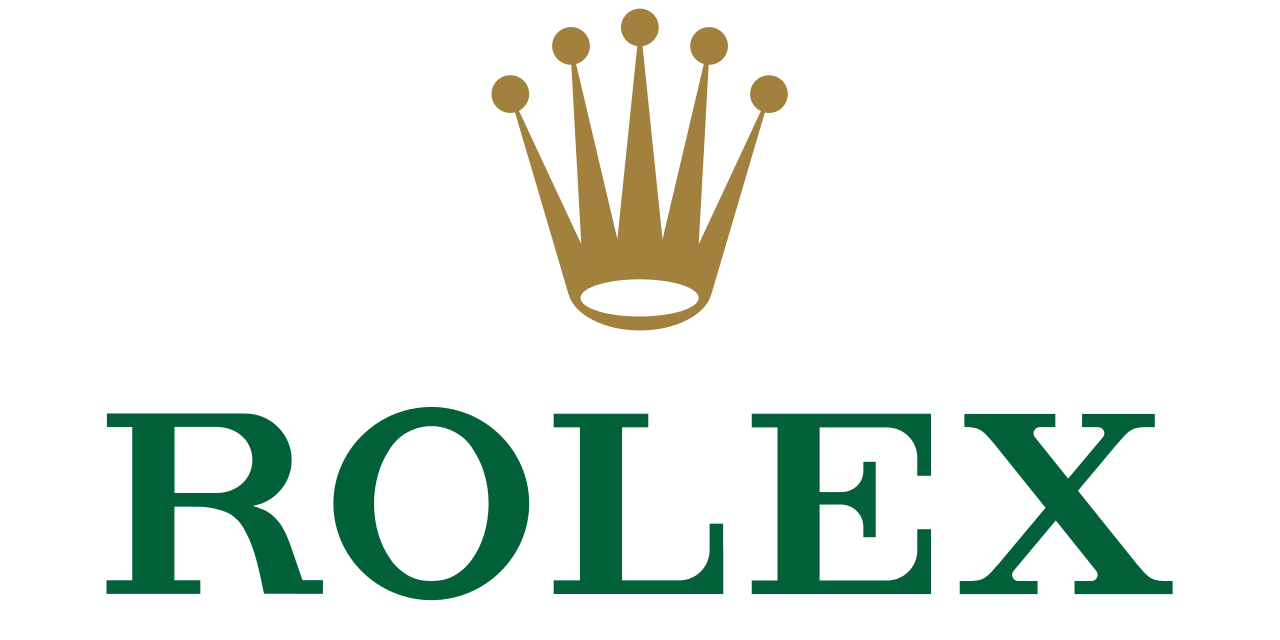
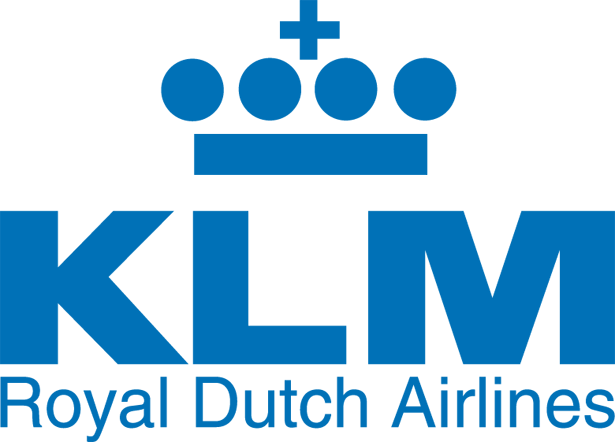
Eyes – all-seeing, enlightenment, light, knowledge, mind, protection… (CBS).
Flags – as a means of communication it can represent communication (Tommy Hilfiger, Corvette)
Flowers – love, respect, sorrow, and a gesture of congratulation.
Geometric figures – some of the best trademarks are geometric figures, which are simple and well treated with reputation and repetition (Mitsubishi, Blaupunkt).
Globes – used in a sense ‘we cover whole world’ (AT&T, USA Today, Mastercard, Wikipedia).
Handwriting – handwritten logotypes can reflect quality, pride, responsibility, and guarantee.
![]()
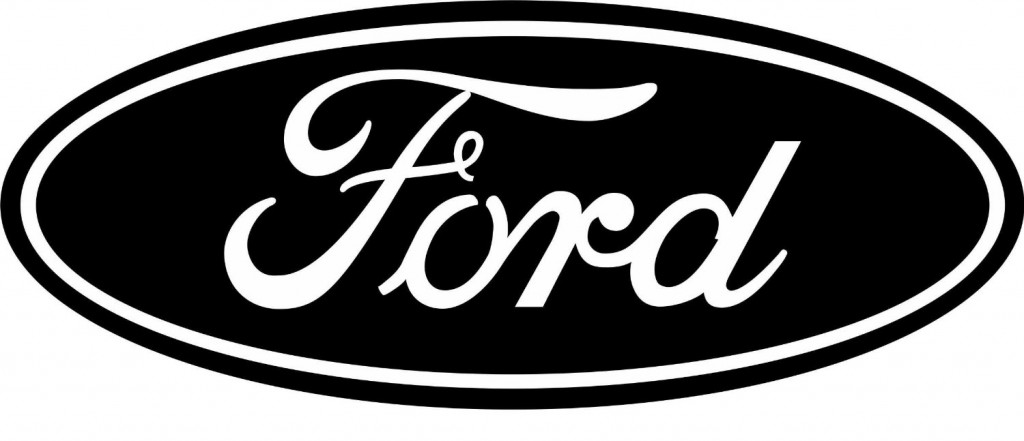
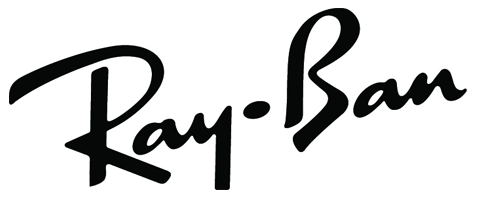
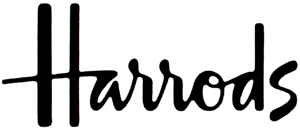
Hearts – can symbolize love, or refer to the health and heart in a medical context.
Humans – directly connected to the product or the cause humans are expressing (Unicef, KFC, LG).
Initials – visual abbreviations directly connected to the company’s name, where both elements support each other (M&S, Calvin Klein, CNN, Adobe, Facebook).
Leaves – are considered as positive, symbolising growth, happiness, and peace, as well as academic achivement which refers to winners’ wreath of laurels from the Olympic Games in ancient Greece.
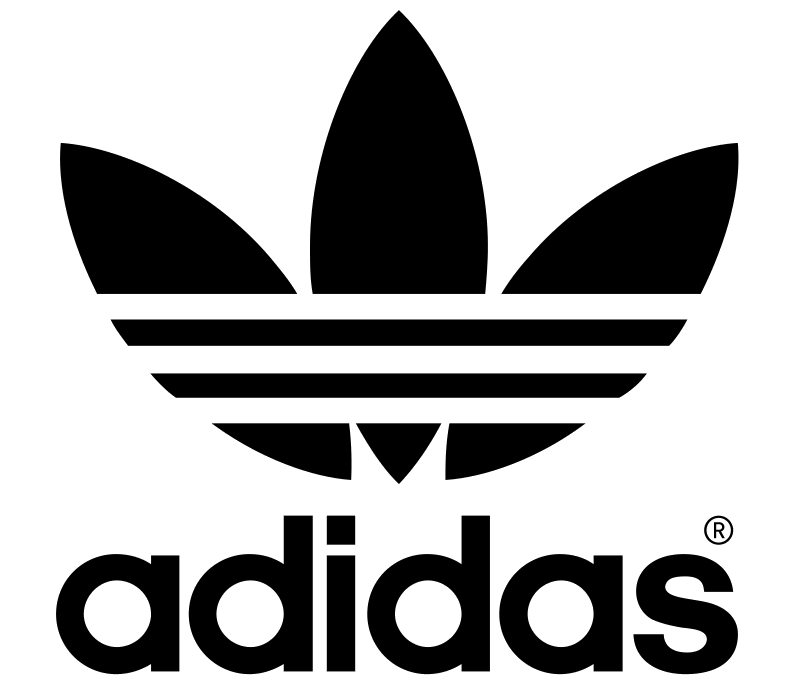

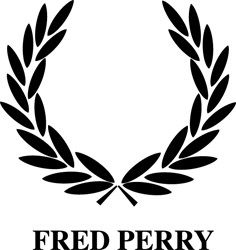
Lightning – presents power and speed, referring to lightning bolt (Opel).
Maritime – as anchors and life buoys can represent safety associated with travel and adventure.
Serpents – sign of healing often used in medical context.
Stars – stand for hope, happiness and immortality. Five-pointed star on a flag stands for freedom (European Union).
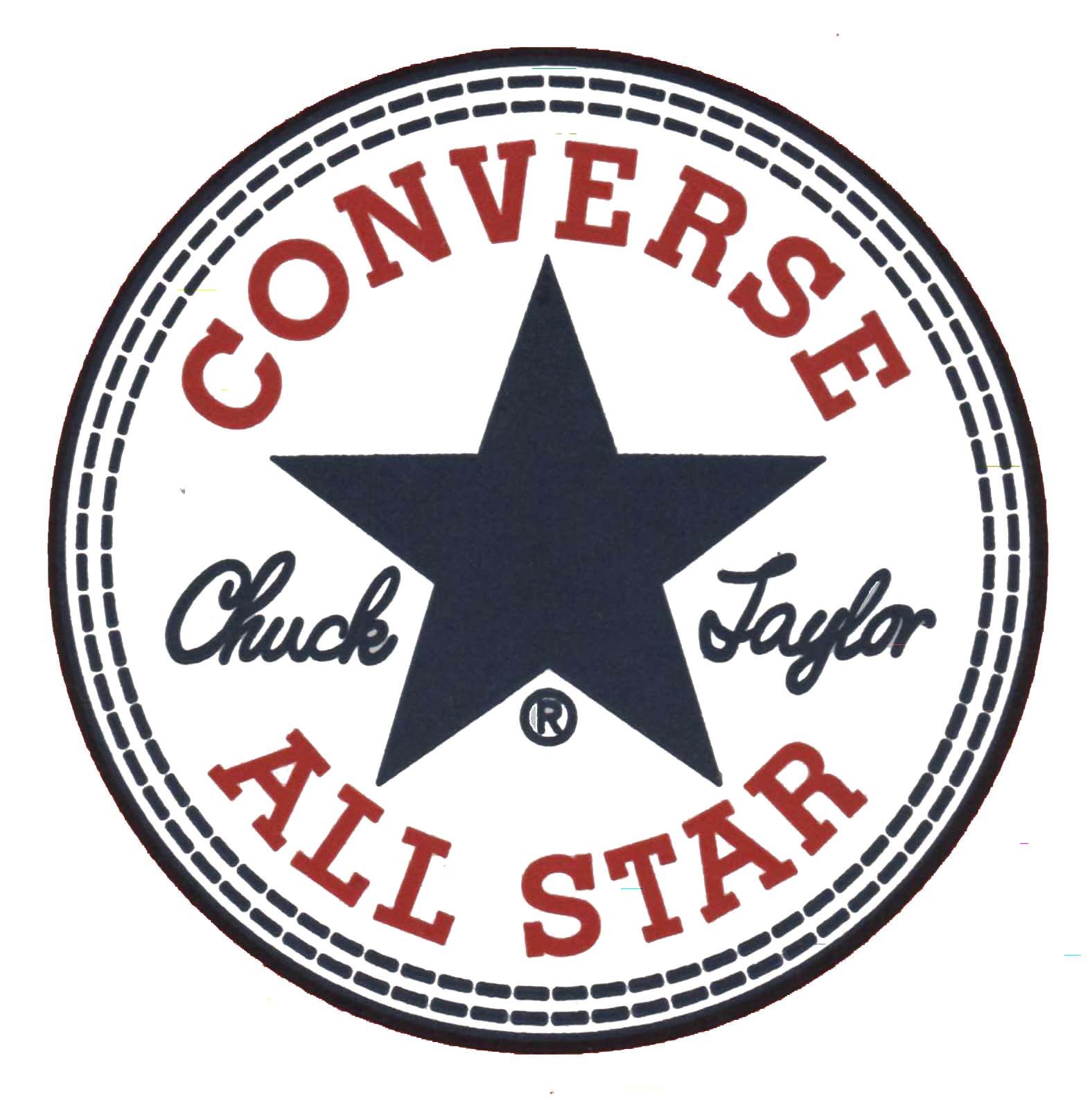
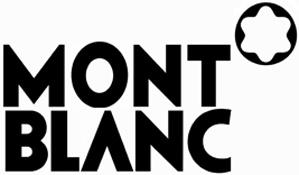
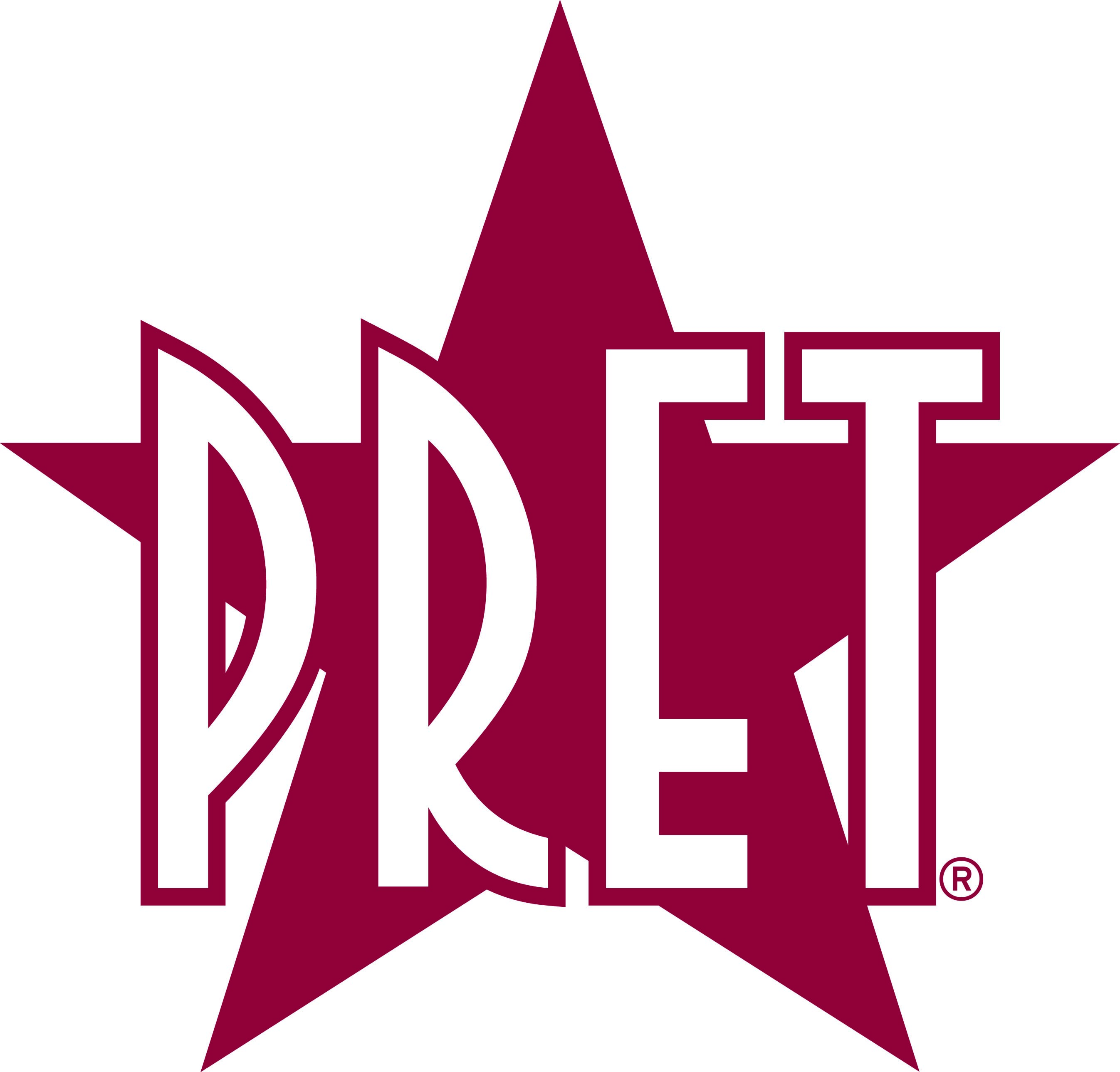
Trees – are especially associated with Christianity but can also stand for antiquity, history and the protection of nature (Timberland, Four Seasons).
Waves – can stand for the sea, hair, liquids or radio waves (Wella, Philips).
You can get this book here:

